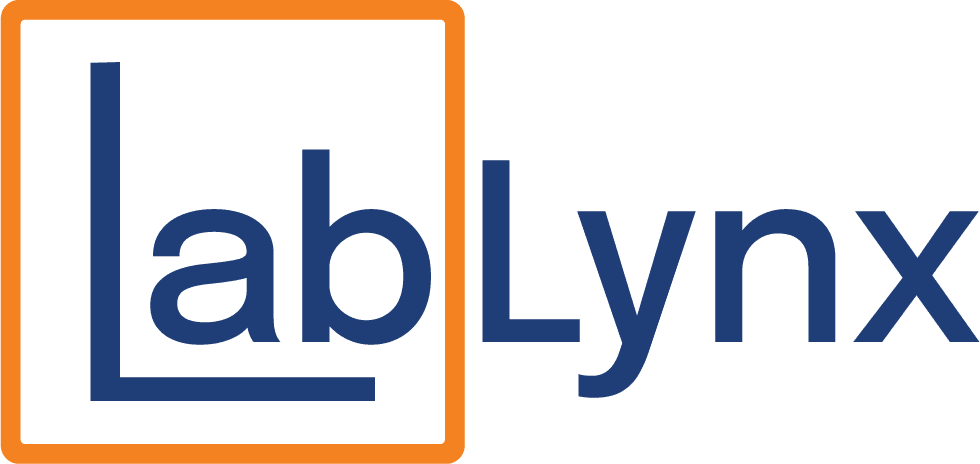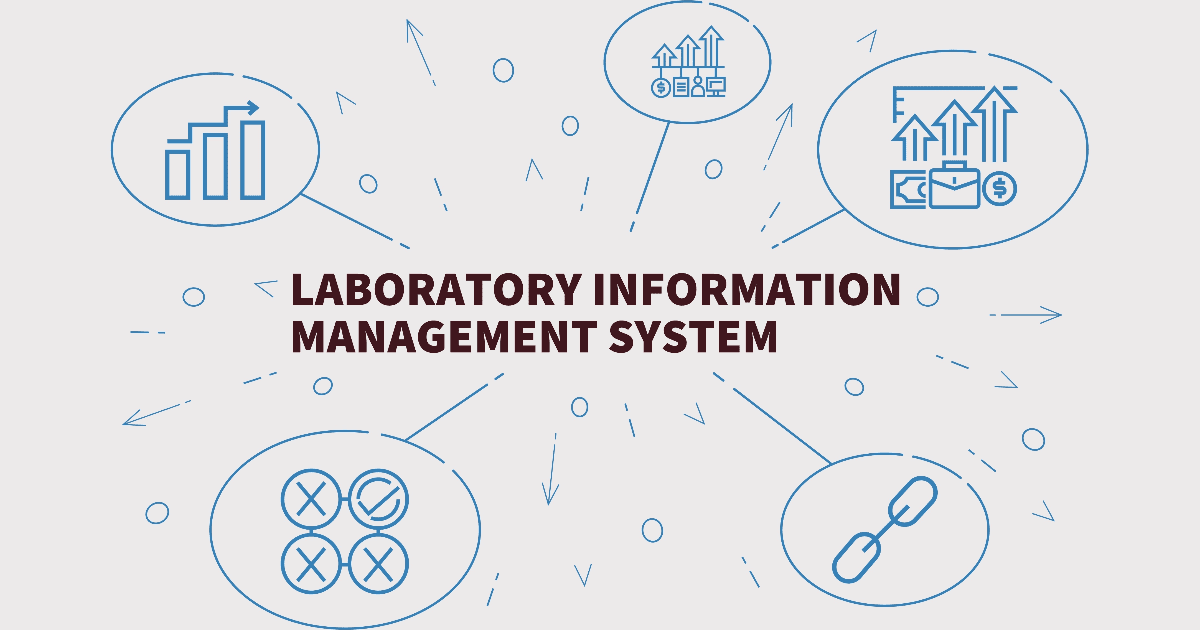
What is a LIMS? The Digital Nerve Center of Today’s Lab
Understanding LIMS: The Backbone of Modern Laboratory Operations
In today’s complex and data-driven laboratory environments, efficiency, accuracy, and compliance aren’t just goals—they’re necessities. That’s where a LIMS, or Laboratory Information Management System, comes in. Whether you're running a clinical diagnostic lab, a forensic facility, an environmental testing center, or a biotech R&D lab, a LIMS is the technology that empowers your team to manage data, track samples, streamline workflows, and ensure quality—all from one centralized platform.
But what exactly is a LIMS, and why has it become indispensable for labs around the world? Let’s dive in.
What Does LIMS Stand For?
LIMS stands for Laboratory Information Management System. It’s a software solution designed to manage laboratory data, workflows, and processes. A LIMS enables laboratories to efficiently handle everything from sample intake and test results to inventory, instrument calibration, quality control, and compliance documentation.
The Core Functions of a LIMS
While different LIMS platforms offer unique features, most comprehensive systems provide a similar core set of functions:
Sample Management
Track samples from the moment they arrive in the lab through each testing stage, with barcoding, chain-of-custody records, and status updates.
Data Management
Automatically capture, store, and analyze test data in a structured, searchable format—reducing human error and improving reproducibility.
Workflow Automation
Standardize lab workflows with automation rules that guide samples through each process step, ensuring efficiency and consistency.
Instrument Integration
Connect with lab instruments and equipment to automatically collect data and trigger next-step actions.
Scheduling and Task Management
Assign, monitor, and manage lab tasks and personnel schedules to ensure optimal productivity.
Compliance and Documentation
Maintain detailed logs, audit trails, and compliance-ready records for regulatory frameworks like CLIA, HIPAA, 21 CFR Part 11, and ISO 17025.
Inventory Management
Track reagents, chemicals, consumables, and supplies—helping labs maintain optimal stock levels and reduce waste.
Who Uses a LIMS?
A LIMS is not one-size-fits-all—it’s adaptable across industries and lab types. Here are just a few examples of who uses LIMS software:
- Clinical and diagnostic labs managing patient data and high-throughput testing
- Pharmaceutical and biotech companies handling R&D data and ensuring GxP compliance
- Environmental testing labs tracking samples and maintaining EPA regulations
- Forensic labs managing evidence integrity and case documentation
- Food and beverage labs ensuring product safety and quality control
- Oil and gas labs tracking chemical composition and equipment health
Why LIMS Matters in a Modern Lab
Laboratories generate more data than ever before. Without the right tools, managing this data manually or in outdated spreadsheets creates serious risks—data loss, inconsistencies, regulatory fines, and workflow bottlenecks. LIMS addresses these pain points by:
- Centralizing all lab operations
- Reducing human error through automation
- Providing real-time visibility into lab performance
- Increasing throughput and reducing turnaround time
- Enabling secure remote access and collaboration
- Ensuring traceability and audit readiness
Cloud-Based vs. On-Premise LIMS
Today, many labs face the decision of whether to implement a cloud-based or on-premise LIMS.
Cloud-Based LIMS
Cloud-based LIMS offer fast deployment, subscription-based pricing, remote accessibility, automatic updates, and vendor-managed maintenance. These systems are ideal for labs seeking scalability and ease of use without heavy IT overhead.
On-Premise LIMS
On-premise LIMS provide complete control, full customization, and are often preferred by labs with strict data governance policies. They typically involve a higher upfront investment and require in-house IT support.
How a LIMS Helps Ensure Regulatory Compliance
Compliance is one of the most critical areas in laboratory management. Whether you're audited by the FDA, EPA, CAP, or ISO, a robust LIMS helps you:
- Maintain immutable audit trails
- Validate software and workflows
- Implement access controls and electronic signatures
- Record SOP adherence and QA/QC checks
- Demonstrate data integrity (following ALCOA+ principles)
With LabLynx, your lab can remain confident that your LIMS system is built with compliance-first architecture.
Integrating LIMS with ELN, LIS, and More
Modern laboratories need systems that talk to each other. A leading-edge LIMS, like the LabLynx LIMS Suite, can integrate seamlessly with:
- Electronic Lab Notebooks (ELN) for research notes
- Laboratory Information Systems (LIS) for clinical workflows
- ERP and CRM software for business alignment
- Clinical Decision Support Systems and EHR systems for healthcare interoperability
- IoT-connected devices for real-time equipment monitoring
How to Choose the Right LIMS
Choosing a LIMS is a big decision. Here are a few things to keep in mind:
- Customizability – Can it be tailored to your lab's unique workflows?
- Scalability – Will it grow with your lab as your needs change?
- Support and Training – What level of onboarding and technical support is available?
- Security and Privacy – Does it meet industry-leading data protection standards?
- Cost vs. ROI – What long-term savings or improvements will you gain?
LabLynx helps guide you through this decision-making process to ensure the solution aligns with your operations today—and tomorrow.
See a LIMS in Action
Want to see how a LIMS can work for your lab? The best way to understand the power of a LIMS is to experience it firsthand.
Schedule a Free Demo and let our experts show you how LabLynx can transform your lab operations from reactive to proactive.
Frequently Asked Questions About LIMS
What is the difference between a LIMS and ELN?
A LIMS manages structured lab data and sample workflows, while an ELN captures unstructured research notes and observations. Many labs benefit from integrating both.
Is a LIMS suitable for small labs?
Absolutely. Cloud-based and modular LIMS platforms are ideal for labs of all sizes, offering scalable features that grow with you.
Can I customize a LIMS for my lab’s unique needs?
Yes. The LabLynx LIMS Suite is built to be fully customizable—without sacrificing stability or compliance.
How much does a LIMS cost?
LIMS pricing varies based on features, users, and deployment. LabLynx offers flexible pricing to match your lab’s size and needs.
Final Thoughts: Why Every Lab Needs a LIMS
From improving data integrity to simplifying compliance, a LIMS is no longer optional—it’s essential. As laboratories evolve, the demand for real-time, automated, and integrated systems continues to grow. The right LIMS doesn’t just store your data; it helps you optimize your lab’s future.
LabLynx has been a trusted name in laboratory informatics for over two decades. With unmatched flexibility, security, and industry expertise, our LIMS solutions are ready to help your lab scale with confidence.
Ready to take the next step?
Schedule Your Personalized LIMS Demo Today
Accelerate Your Lab's Success & Experience LabLynx
"*" indicates required fields
Explore the LabLynx Suites
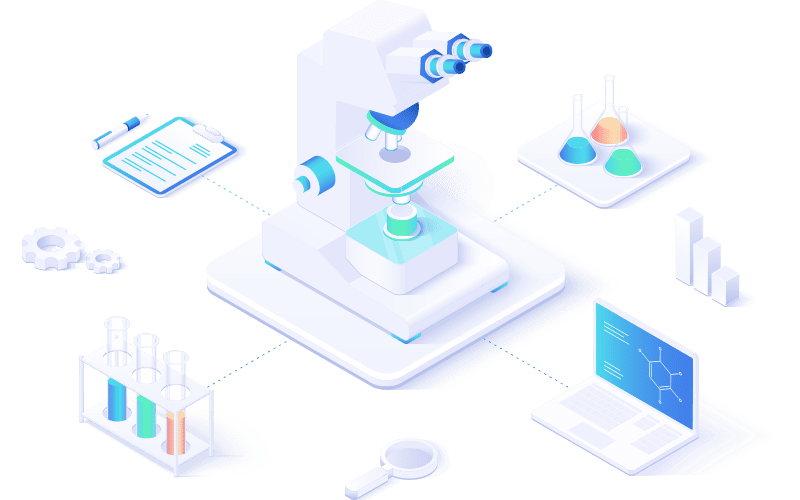
LIMS Suite
Seamless Sample and Workflow Management
The LabLynx LIMS Suite empowers laboratories with the tools needed to manage samples, workflows, compliance, and more in one centralized system. It’s the backbone for labs seeking efficient, reliable, and scalable management solutions.
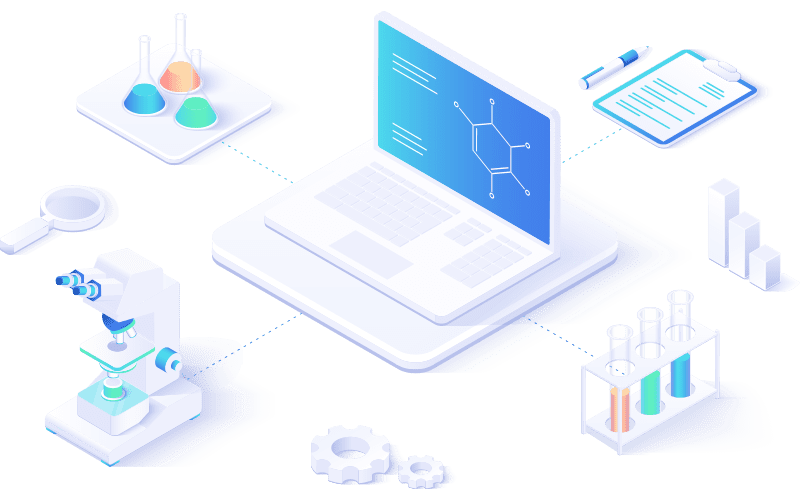
ELN Suite
The LabLynx ELN Suite offers a modern approach to managing lab data and experiments. With its secure, intuitive platform, your team can record, store, and collaborate effortlessly, supporting innovation every step of the way.
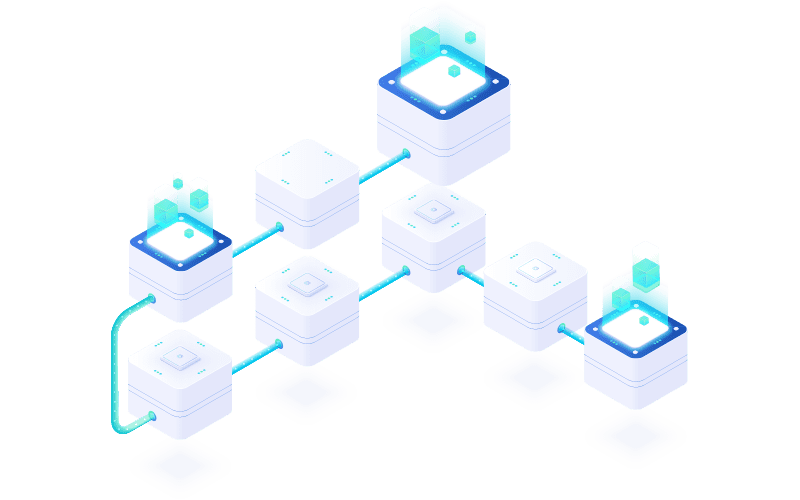
Lab Automation
Automate for Efficiency and Growth
Streamline operations and boost productivity with the LabLynx Lab Automation Suite. Designed for labs ready to embrace advanced automation, this suite integrates systems, instruments, and workflows to deliver efficiency at scale.
